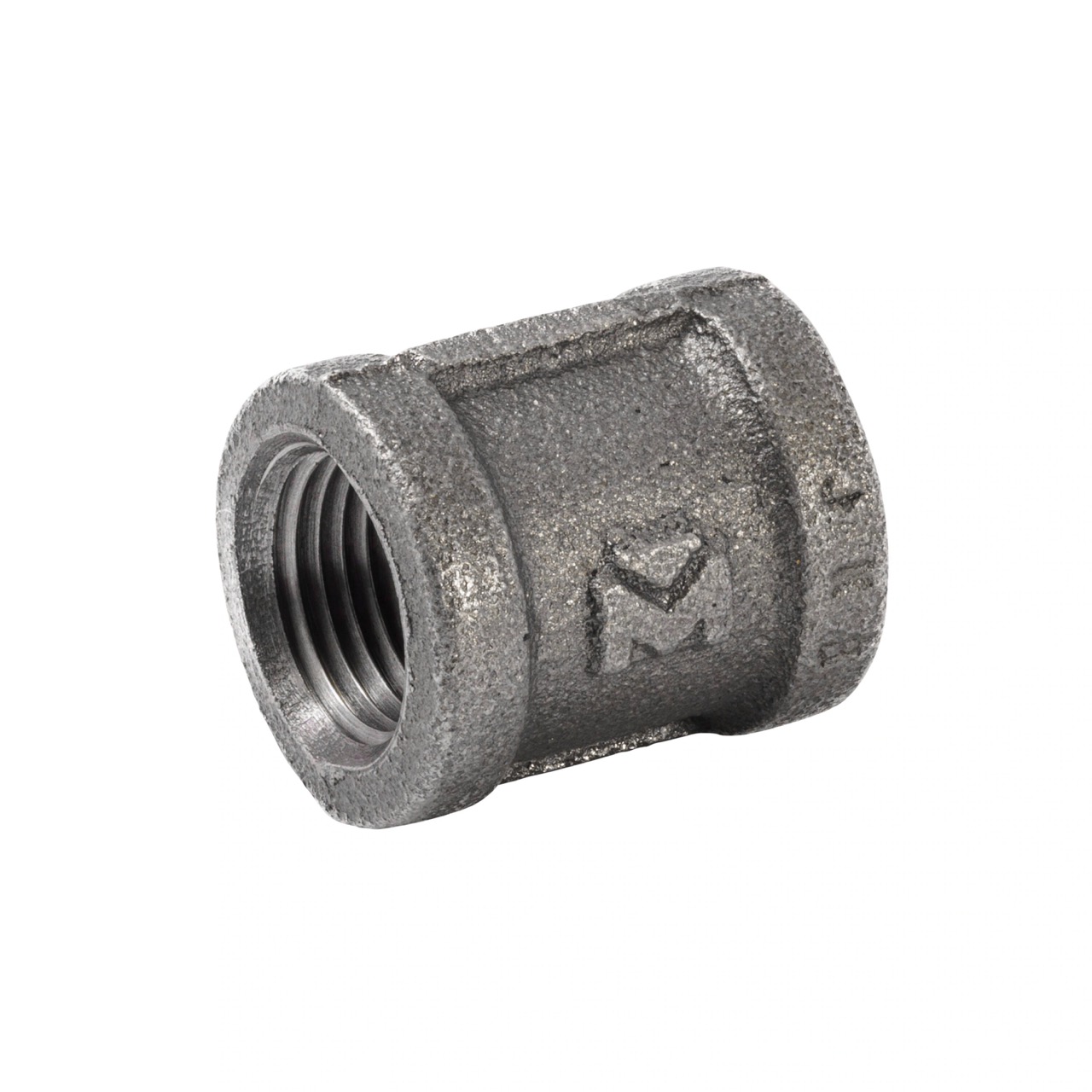

Articles
What Is A Coupling In Plumbing
Modified: January 8, 2024
Discover the importance of couplings in plumbing with our informative articles. Learn how these essential components connect pipes and ensure efficient plumbing systems.
(Many of the links in this article redirect to a specific reviewed product. Your purchase of these products through affiliate links helps to generate commission for Storables.com, at no extra cost. Learn more)
Introduction
A coupling is an essential component in plumbing systems that provides a secure and leak-proof connection between pipes or fittings. It is used to join two pipes together, allowing for the efficient and smooth flow of fluids, such as water or gas, through the plumbing system. Couplings play a vital role in ensuring the integrity and functionality of the plumbing system, preventing leaks and maintaining proper water pressure.
In this article, we will explore what couplings are in plumbing, the different types of couplings available, their applications, and the benefits and potential issues associated with using them.
Understanding the purpose and functionality of couplings is crucial for both plumbers and homeowners, as it enables them to make informed decisions when it comes to selecting the appropriate coupling for their plumbing needs. So, let’s dive deeper into the world of couplings in plumbing and discover how they contribute to the efficiency and functionality of plumbing systems.
Key Takeaways:
- Couplings are essential in plumbing, providing leak-proof connections between pipes. They offer versatility, ease of installation, and the ability to accommodate repairs, modifications, and connections of different materials and sizes.
- While couplings offer numerous benefits, potential issues such as leaks, compatibility concerns, and installation errors should be considered. Proper selection, installation, and maintenance are crucial for ensuring a reliable and efficient plumbing system.
Read also: 13 Amazing Conduit Coupling for 2025
Definition of a Coupling in Plumbing
A coupling in plumbing refers to a device used to connect two pipes or fittings together. It provides a firm and secure connection, ensuring that there are no leaks and maintaining the integrity of the plumbing system. Couplings are typically made of durable materials such as PVC, copper, brass, or stainless steel, depending on the application and the type of pipes being connected.
Couplings are designed to join pipes of the same size or different sizes, allowing for a versatile and adaptable plumbing system. They come in various shapes and sizes, each with its own unique features and installation methods. The choice of coupling depends on factors such as the pipe material, the type of connection required (permanent or removable), and the specific needs of the plumbing system.
One of the key characteristics of a coupling is its ability to create a tight and leak-proof joint between pipes. This is achieved through the use of sealing materials, such as rubber gaskets or O-rings, which are placed within the coupling to ensure a watertight connection. Couplings may also incorporate locking mechanisms or compression fittings to further enhance the security and stability of the joint.
Overall, a coupling in plumbing acts as a connector that allows for the smooth and efficient flow of fluids through the plumbing system. It plays a critical role in maintaining the overall functionality and reliability of the system, preventing leaks and ensuring that water or gas reaches its intended destination without any interruptions.
Types of Couplings
Couplings in plumbing come in a variety of types, each designed to suit specific applications and installation methods. Here are some common types of couplings used in plumbing:
- Slip Coupling: A slip coupling, also known as a repair coupling or a slip joint coupling, is a type of coupling that allows for easy installation and removal. It consists of two parts with a sliding mechanism, which enables the coupling to slide along the pipes for quick and convenient repairs or alterations. Slip couplings are commonly used for repairing small leaks or replacing damaged sections of the pipe.
- Compression Coupling: Compression couplings are a popular choice for connecting pipes without the need for welding or soldering. They feature two compression nuts and a central compression ring or ferrule. When tightened, the compression nuts compress the ring onto the pipe, creating a tight seal. Compression couplings are versatile and can be used with various pipe materials, such as copper, PVC, or PEX.
- Push-fit Coupling: Push-fit couplings, also known as push-to-connect couplings or quick-connect couplings, are widely used for their simplicity and ease of installation. These couplings have a rubber or plastic gasket inside, which creates a watertight seal when the pipe is inserted into the coupling. The coupling is secured by a locking mechanism that prevents the pipe from dislodging. Push-fit couplings are commonly used with PEX, copper, or CPVC pipes.
- Flexible Coupling: A flexible coupling is used to connect pipes of different materials or sizes, compensating for slight misalignments or angular changes. It consists of a flexible sleeve with clamps or bands at each end, which are tightened to create a tight seal. Flexible couplings are useful in situations where rigid connections may not be possible or practical, such as connecting pipes with different diameters or materials.
These are just a few examples of the various types of couplings available in plumbing. Each type has its unique features and benefits, making them suitable for different plumbing scenarios. It is essential to choose the right coupling based on the specific requirements of the plumbing system to ensure a secure and long-lasting connection.
Slip Coupling
A slip coupling, also known as a repair coupling or a slip joint coupling, is a versatile type of coupling commonly used in plumbing for making quick repairs or alterations to pipes. It provides a straightforward and convenient way to connect two pipes without the need for additional tools or complicated installation methods.
The slip coupling consists of two sections that fit over the ends of the pipes to be joined. These sections have a sliding mechanism that allows them to move along the length of the pipes. The slip coupling does not require any threading or soldering, making it ideal for situations where easy disassembly and reassembly are essential.
The process of using a slip coupling is relatively simple. First, the slip coupling is slid onto one of the pipes, covering a sufficient length to create a secure connection. Next, the other pipe is inserted into the open end of the coupling, allowing it to slide inside. The coupling is then pushed back towards the first pipe, effectively connecting the two pipes together.
One of the key advantages of slip couplings is their versatility. They can be used to repair small leaks or replace damaged sections of the pipe without the need to remove and replace the entire length. Slip couplings are particularly useful in situations where access to the damaged pipe is limited or where cutting out a section of the pipe would be challenging.
It is important to note that slip couplings are not recommended for use in pressurized systems or situations where the pipes are subjected to significant movement or vibrations. In such cases, other types of couplings, such as compression or mechanical couplings, may be more suitable.
Overall, slip couplings provide a convenient and efficient solution for making simple repairs or alterations to plumbing systems. They offer flexibility, ease of installation, and the ability to disassemble if necessary, making them a valuable addition to any plumber’s toolkit.
Compression Coupling
Compression couplings are a popular choice in plumbing for connecting pipes without the need for welding, soldering, or specialized tools. They provide a reliable and secure connection that is not only easy to install but also allows for disassembly and reassembly if required. Compression couplings are commonly used in both residential and commercial plumbing systems.
A compression coupling consists of three main components: two compression nuts and a central compression ring or ferrule. The nuts are threaded onto each end of the pipe to be joined, with the compression ring positioned in between. When the nuts are tightened, they compress the ring onto the pipe, creating a watertight seal.
The installation of a compression coupling starts by cutting the pipe to the desired length. The ends of the pipe are then deburred and cleaned to ensure a smooth surface. The compression nuts are loosely threaded onto each end of the pipe, followed by inserting the compression ring or ferrule between the nuts.
Once the components are in place, the nuts are tightened using a wrench, compressing the ring onto the pipe. This compression creates a tight and secure connection that prevents leakage. It is crucial not to over-tighten the nuts, as this can damage the coupling or the pipe.
One of the advantages of compression couplings is their versatility. They can be used with different types of pipes, including copper, PVC, and PEX. This makes them a versatile choice for various plumbing applications.
Another benefit of compression couplings is their ability to handle slight misalignments or movement in the pipes. The compression ring provides flexibility, allowing for slight adjustments while maintaining a leak-free connection. This makes compression couplings suitable for installations where pipes may be subjected to vibrations or slight shifts over time.
It’s important to note that compression couplings require enough pipe length to accommodate the compression nuts and the compression ring. Additionally, adequate tightening of the nuts is crucial to ensure a proper seal. Regular inspections and maintenance should be carried out to ensure the integrity of the compression coupling and to detect any potential leaks.
In summary, compression couplings are a reliable and versatile option for connecting pipes in plumbing systems. They offer easy installation, adaptability to different pipe materials, and the ability to accommodate slight movements or misalignments. When properly installed and maintained, compression couplings provide a durable and leak-free connection that contributes to the overall efficiency and functionality of the plumbing system.
Push-fit Coupling
Push-fit couplings, also known as push-to-connect couplings or quick-connect couplings, have gained popularity in plumbing due to their ease of installation and convenience. These couplings provide a quick and reliable method for joining pipes without the need for complex tools or soldering.
A push-fit coupling consists of two main components: a coupling body and an internal sealing mechanism. The coupling body is typically made of a durable material like brass or plastic, and it features a socket or socket-like opening at each end. The internal sealing mechanism is usually a rubber or plastic gasket housed within the coupling body.
To use a push-fit coupling, the pipe end is simply pushed into the socket until it reaches the internal gasket. The design of the coupling body ensures a secure and watertight seal between the pipe and the coupling. Some push-fit couplings also incorporate a locking mechanism that provides additional security and prevents accidental disconnection.
One of the primary advantages of push-fit couplings is their simplicity and speed of installation. The push-fit design eliminates the need for specialized tools or skills, making it a user-friendly option for both professional plumbers and DIY enthusiasts. This makes push-fit couplings particularly useful in situations where fast and efficient connections are required.
Push-fit couplings are compatible with various pipe materials, including PEX, copper, and CPVC. This versatility allows for their application in a wide range of plumbing systems. However, it is essential to check the specific coupling’s compatibility with the pipe material to ensure a proper and reliable connection.
Another benefit of push-fit couplings is their reusability. Unlike soldered or glued connections, push-fit couplings can be easily disconnected and reassembled without causing damage to the pipes or the coupling itself. This feature is particularly useful for modifications, repairs, or if changes to the plumbing system are necessary.
While push-fit couplings offer many advantages, it is important to note that they may not be suitable for all plumbing applications. They are generally recommended for use in low to medium-pressure systems and should not be used in applications with extremely high water pressure or where pipes are subject to extreme temperature fluctuations.
In summary, push-fit couplings provide a simple, efficient, and reusable method for joining pipes in plumbing systems. They offer ease of installation, compatibility with various pipe materials, and the ability to be easily disconnected and reassembled. When properly used in appropriate plumbing applications, push-fit couplings contribute to the efficiency and reliability of the plumbing system.
When installing a coupling in plumbing, make sure to clean and deburr the pipe ends before joining them with the coupling. This will ensure a secure and leak-free connection.
Flexible Coupling
Flexible couplings, also known as flexible pipe connectors, are used in plumbing systems to connect pipes of different materials or sizes. These couplings provide a versatile solution that compensates for slight misalignments or angular changes, ensuring a secure and leak-proof connection.
A flexible coupling consists of a flexible sleeve made of rubber or PVC, with clamps or bands at each end. The sleeve is designed to accommodate the different pipe sizes or materials, allowing for a flexible and adjustable connection. The clamps or bands are tightened to secure the coupling to the pipes, creating a tight seal and preventing leaks.
The flexibility of these couplings allows for minor adjustments in pipe alignment, making them suitable for situations where rigid connections may not be possible or practical. This can be especially useful in plumbing applications where the pipes may shift or settle over time due to external factors or structural movement.
Flexible couplings can also absorb vibrations and reduce noise transmission within the plumbing system. The flexibility of the coupling helps to dampen vibrations that may be caused by water flow or other factors, reducing the chances of pipes becoming loose or damaged.
These couplings are available in various sizes and configurations to accommodate different pipe diameters, materials, and connection types. The selection of the appropriate flexible coupling depends on the specific needs and requirements of the plumbing system.
It is worth noting that while flexible couplings provide flexibility and adaptability, they do have certain limitations. They are not designed to withstand extreme pressure or temperature variations. Therefore, they are typically used in low-pressure applications or where the pipes are not subjected to drastic temperature changes.
Additionally, regular inspection and maintenance of flexible couplings are necessary to ensure their integrity and to detect any signs of wear or deterioration. This helps to prevent leaks or potential failure of the coupling over time.
In summary, flexible couplings offer a practical and adaptable solution for connecting pipes of different materials or sizes in plumbing systems. They provide the necessary flexibility and adjustability to accommodate slight misalignments and absorb vibrations, ensuring a secure and leak-proof connection. Proper selection, installation, and maintenance of flexible couplings contribute to the overall efficiency and longevity of the plumbing system.
Application of Couplings in Plumbing
Couplings have a wide range of applications in plumbing systems, playing a crucial role in connecting pipes, fittings, and fixtures. Here are some common applications of couplings in plumbing:
- Joint Connections: The primary application of couplings is to create secure and leak-proof joint connections between pipes. Couplings allow for the connection of pipes of the same material and size, as well as pipes of different materials or sizes. They enable the smooth flow of water, gas, or other fluids through the plumbing system.
- Repair and Replacement: Couplings are frequently used for repairing or replacing damaged sections of pipes. Slip couplings, for example, are ideal for quick repairs as they allow for easy installation and removal without cutting and replacing the entire pipe.
- Transitioning Between Materials: Couplings are often utilized to connect pipes made of different materials. This is particularly useful when transitioning from copper to PVC or from old iron pipes to modern materials, allowing for a smooth and secure connection between the two.
- Connecting Fixtures and Appliances: Couplings play a vital role in connecting plumbing fixtures and appliances to the main plumbing system. They facilitate the connection of fixtures such as sinks, toilets, showers, and appliances like dishwashers and washing machines, ensuring proper water supply and drainage.
- Modifications and Alterations: Couplings allow for easy modifications or alterations to the plumbing system. When changes need to be made, such as adding a new pipe or rerouting existing ones, couplings provide a convenient and efficient method of connecting and disconnecting pipes without extensive rework.
Furthermore, depending on the specific application and requirements, different types of couplings, such as compression couplings, slip couplings, push-fit couplings, or flexible couplings, may be used. The selection of the appropriate coupling depends on factors such as pipe material, size, location, and the specific needs of the plumbing project.
Overall, couplings have numerous applications in plumbing and are essential for creating secure and reliable connections between pipes, facilitating repairs and modifications, and ensuring the smooth functioning of the entire plumbing system.
Benefits of Using Couplings
Using couplings in plumbing systems offers several advantages that contribute to the efficiency, convenience, and reliability of the overall plumbing system. Here are some key benefits of using couplings:
- Ease of Installation: Couplings provide a simple and straightforward installation process, especially compared to other connection methods such as welding or soldering. They eliminate the need for specialized tools or skills, making them accessible to both professional plumbers and DIY enthusiasts.
- Versatility: Couplings are available in various types, sizes, and materials, making them versatile for different plumbing applications. Whether joining pipes of the same material and size or connecting pipes of different materials, couplings offer options to suit specific needs and requirements.
- Flexibility and Adaptability: Couplings, especially flexible couplings, offer flexibility and adaptability to accommodate slight misalignments or movement in plumbing systems. This helps to prevent stress, strain, and potential damage to the pipes, ensuring a secure and long-lasting connection.
- Time and Cost Savings: Couplings enable quick repairs, modifications, or replacements of damaged sections of pipes. Slip couplings, for example, make it easy to address issues without the need for extensive dismantling and replacement of entire pipe lengths, saving both time and money.
- Removability and Reusability: Couplings allow for the disconnection and reassembly of pipes, facilitating repairs or changes to the plumbing system. This feature is especially valuable when modifications or upgrades are necessary and when future access to pipes may be required.
- Leak Prevention: Couplings, when installed correctly, create a secure and watertight seal between pipes. This helps to prevent leaks, ensuring efficient and reliable water flow throughout the plumbing system. Properly installed and maintained couplings contribute to water conservation and minimize the risk of water damage.
- Adherence to Building Codes: Couplings are commonly accepted and approved by building codes and regulations. Using approved couplings ensures compliance with plumbing standards, ensuring the safety, functionality, and longevity of the plumbing system.
By utilizing couplings in plumbing systems, homeowners and professional plumbers can enjoy the benefits of easy installation, versatility, adaptability, and cost savings. Couplings contribute to the overall efficiency and reliability of the plumbing system, ensuring proper water flow, minimizing leaks, and allowing for convenient maintenance and repairs.
Read more: What Is Plumbing?
Potential Issues with Couplings
While couplings offer significant benefits in plumbing systems, it is important to be aware of potential issues that may arise. Understanding these issues can help in preventing or addressing them effectively. Here are some potential issues that can occur with couplings:
- Leakage: A common issue with couplings is the possibility of leaks. Leaks can occur due to improper installation, insufficient tightening of the coupling, or damage to the sealing components such as gaskets or O-rings. Regular inspections and maintenance can help to detect and address any potential leaks promptly.
- Compatibility: Not all couplings are compatible with every type of pipe material or size. It is important to ensure that the chosen coupling is suitable for the specific pipe material and diameter being used. Using incompatible couplings can result in poor connections, leaks, or even system failures.
- Temperature and Pressure Limitations: Couplings have specific temperature and pressure limitations that should be taken into consideration. Exceeding these limits can cause the coupling to fail, resulting in leaks or even pipe bursts. It is essential to select and use couplings that are rated for the expected temperature and pressure conditions within the plumbing system.
- Material Degradation: Some couplings may be susceptible to material degradation over time, especially if exposed to certain chemicals or environmental factors. It is important to choose couplings made from durable materials that can withstand the specific conditions of the plumbing system to ensure long-term performance and prevent premature failure.
- Misalignment: Couplings require proper alignment of the pipes being connected. Misalignment can lead to stress on the coupling, resulting in leaks or weakened joints. It is crucial to carefully align and position the pipes before installing the coupling to ensure a secure and reliable connection.
- Installation Errors: Inaccurate or improper installation of couplings can lead to various issues. Common installation errors include overtightening or undertightening the couplings, not deburring or cleaning the pipe ends properly before installation, or not following the manufacturer’s instructions. It is crucial to follow the recommended installation guidelines and best practices to avoid potential problems.
Regular inspections, proper installation techniques, and choosing high-quality couplings that meet the specific requirements of the plumbing system are essential steps in minimizing potential issues. It is also advisable to consult with a professional plumber when facing complex plumbing projects or if in doubt about the proper use of couplings.
By being aware of and proactively addressing these potential issues, homeowners and plumbers can ensure the reliable and efficient functioning of their plumbing systems, minimizing the risk of leaks and maintaining the integrity of the overall system.
Conclusion
Couplings are indispensable components in plumbing systems, providing secure and reliable connections between pipes, fittings, and fixtures. They offer a range of benefits, including ease of installation, versatility, adaptability, and time and cost savings. Couplings allow for efficient repairs, modifications, and replacements, contributing to the overall functionality and longevity of the plumbing system.
By understanding the different types of couplings available, such as slip couplings, compression couplings, push-fit couplings, and flexible couplings, one can select the appropriate coupling based on the specific plumbing needs. Proper installation and maintenance of couplings are essential to ensure a leak-free and efficient plumbing system.
However, it is crucial to be aware of potential issues that may arise with couplings, such as leakage, compatibility concerns, temperature and pressure limitations, material degradation, misalignment, and installation errors. Regular inspections, adherence to manufacturer guidelines, and consulting with professional plumbers can help prevent or address these issues effectively.
In conclusion, couplings play a vital role in plumbing systems, enabling the smooth flow of water, gas, or other fluids while maintaining the integrity of the connections. They offer convenience, flexibility, and reliability, enhancing the efficiency and functionality of plumbing systems in residential, commercial, and industrial settings.
By utilizing the right couplings and ensuring their proper installation, maintenance, and compatibility, homeowners and professional plumbers can create a plumbing system that is not only leak-free and efficient but also serves the needs of the occupants for years to come.
Frequently Asked Questions about What Is A Coupling In Plumbing
Was this page helpful?
At Storables.com, we guarantee accurate and reliable information. Our content, validated by Expert Board Contributors, is crafted following stringent Editorial Policies. We're committed to providing you with well-researched, expert-backed insights for all your informational needs.
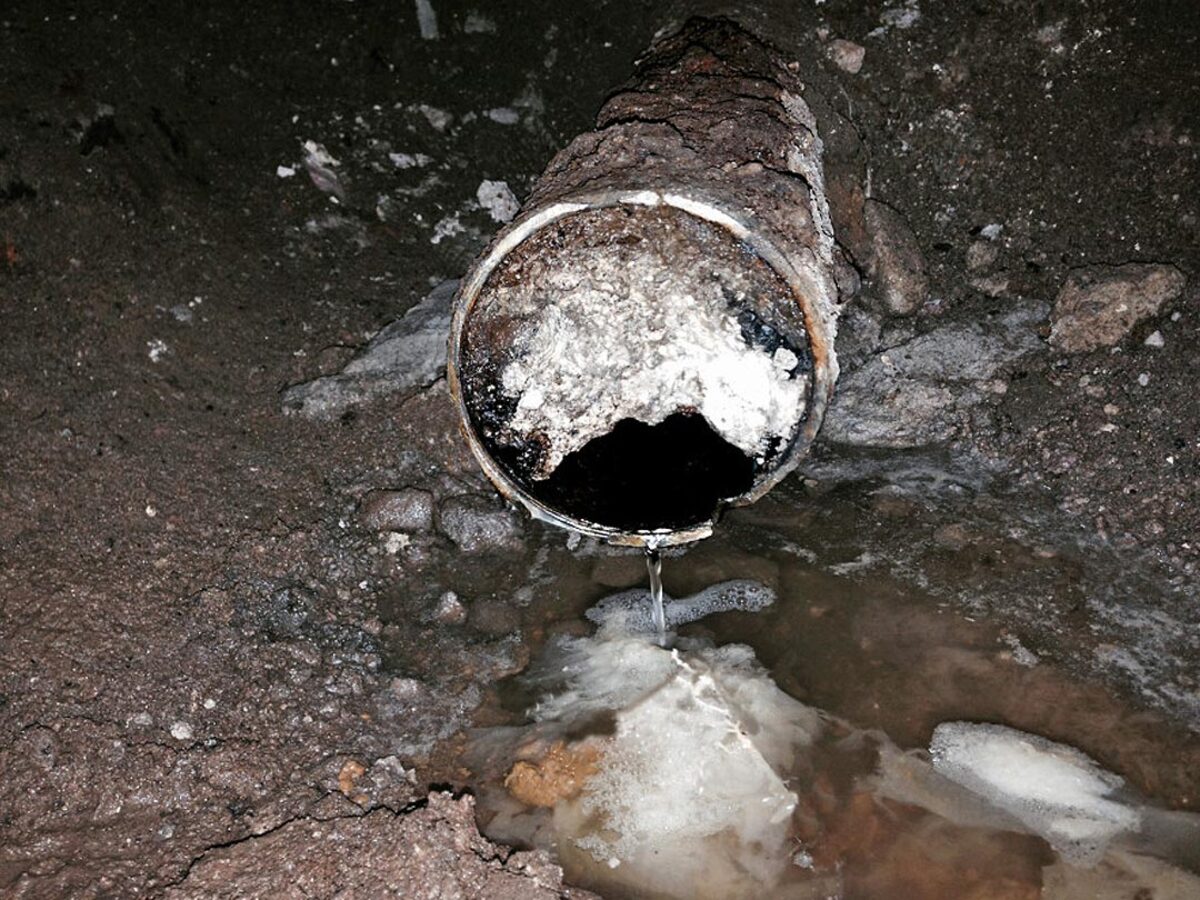
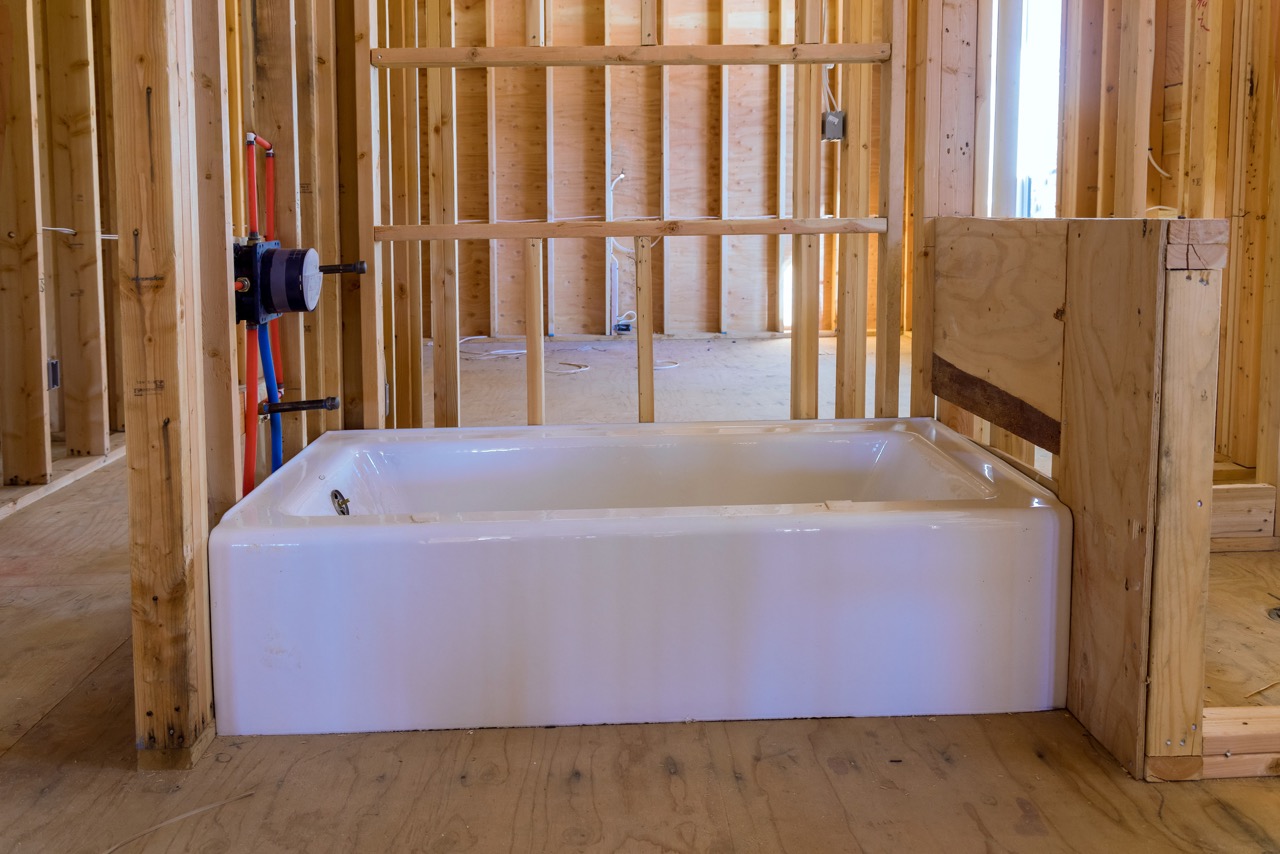
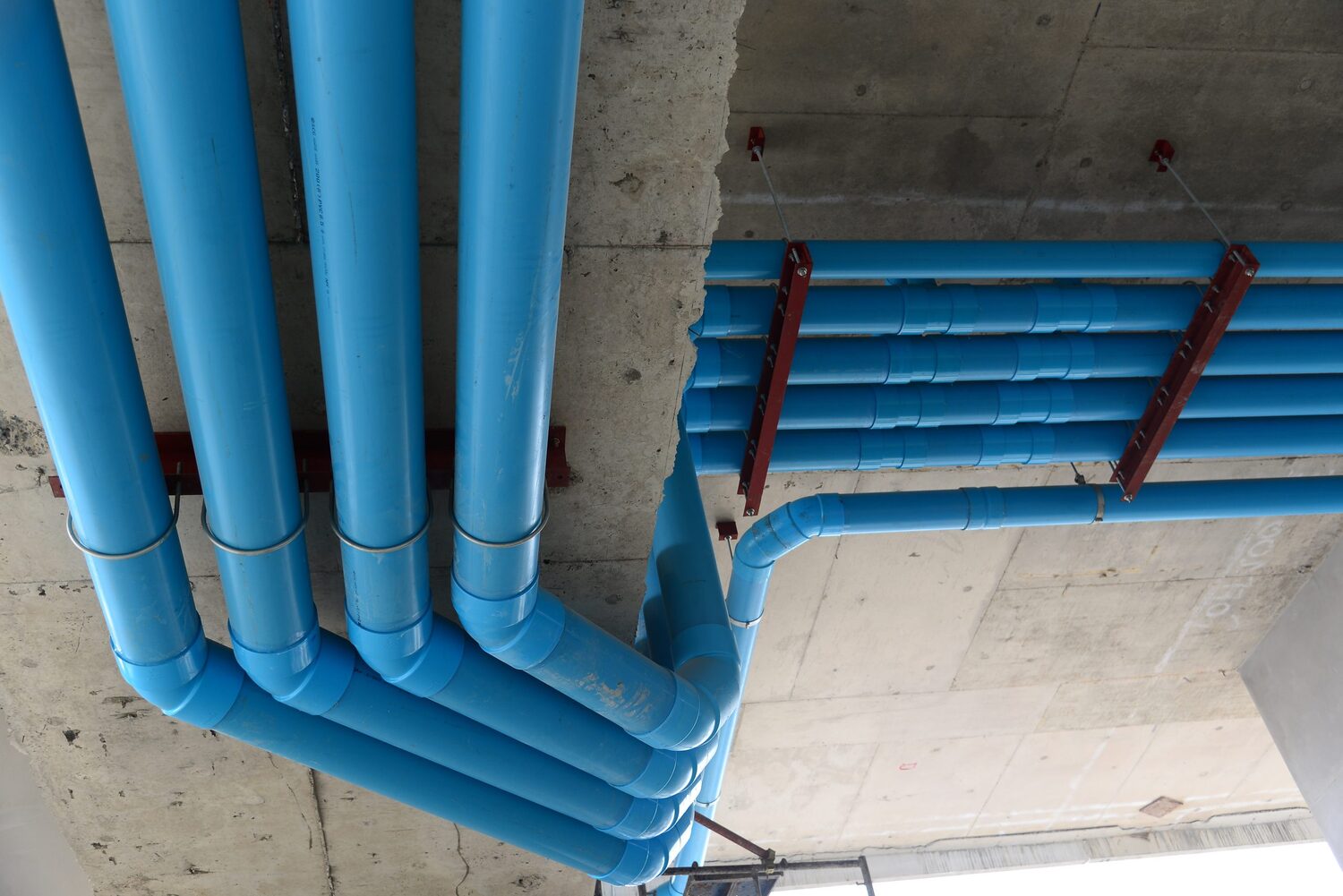
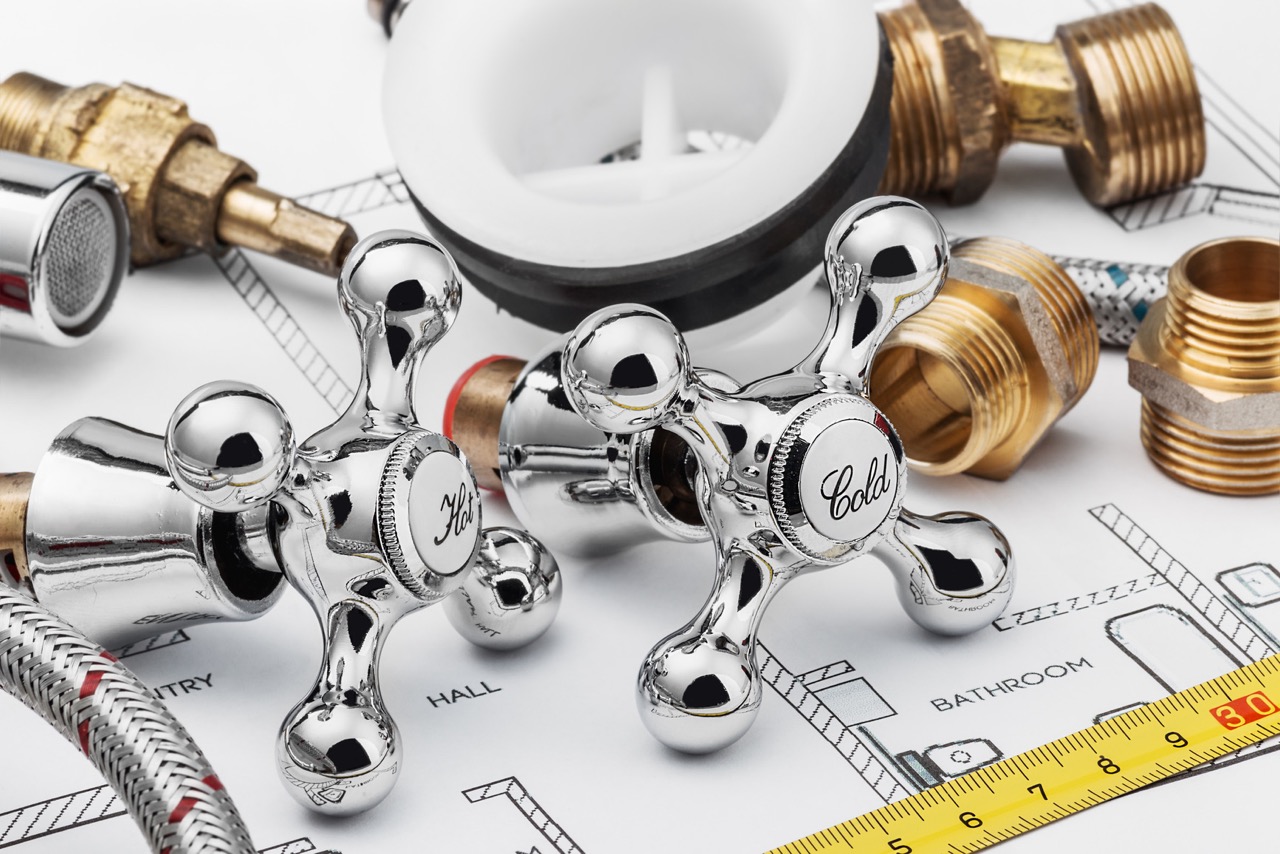
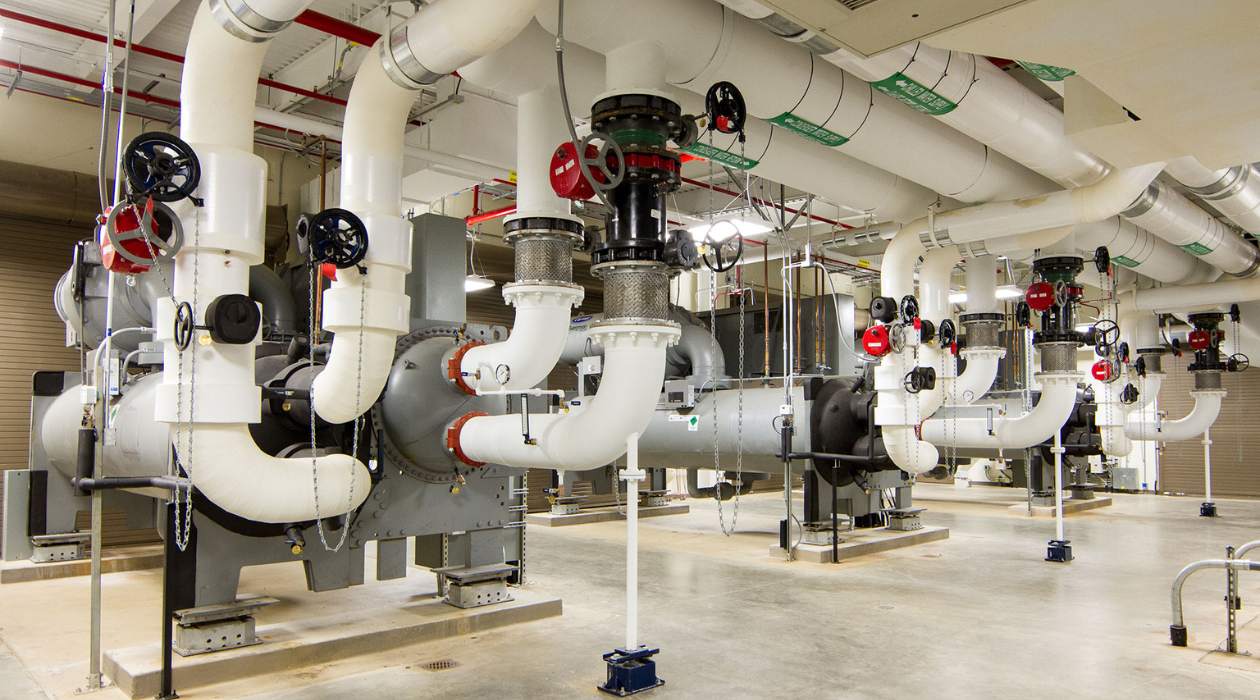
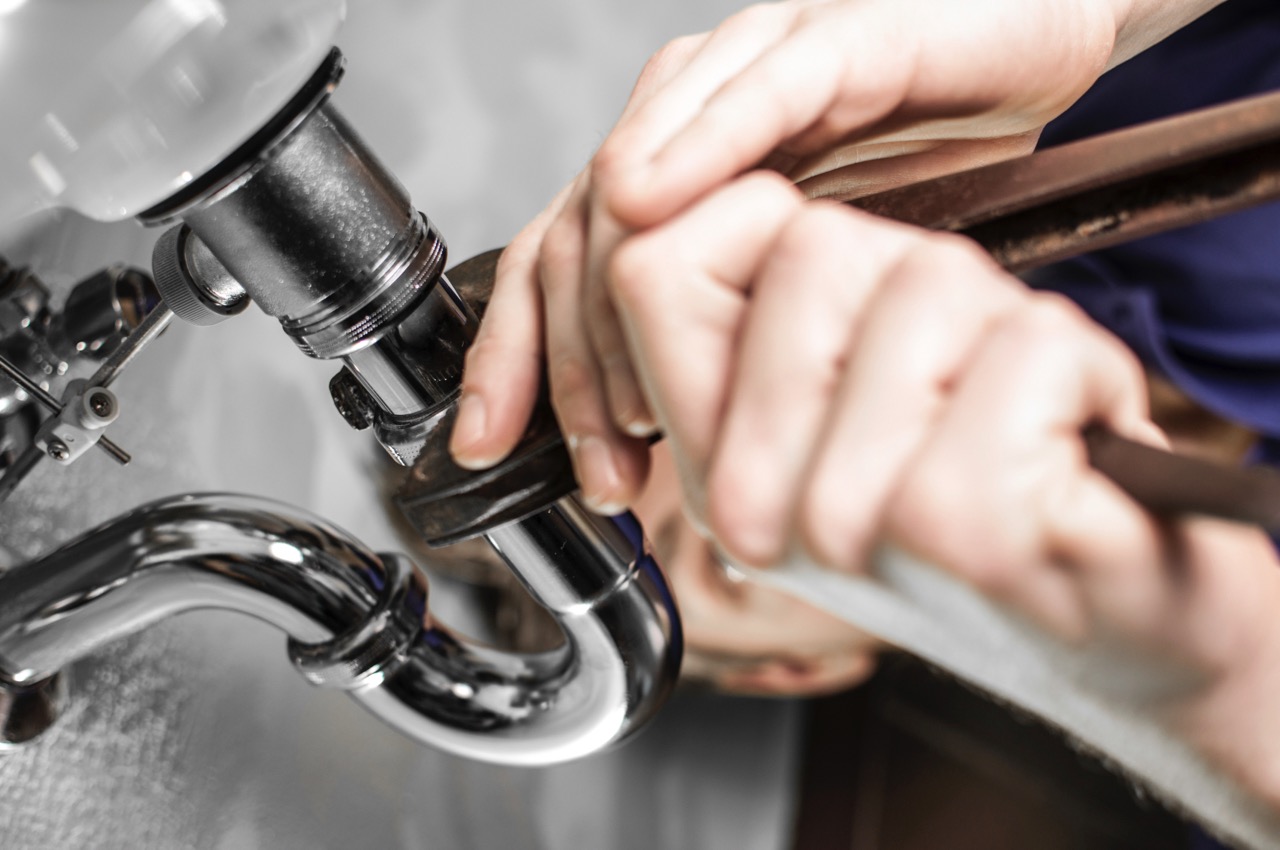
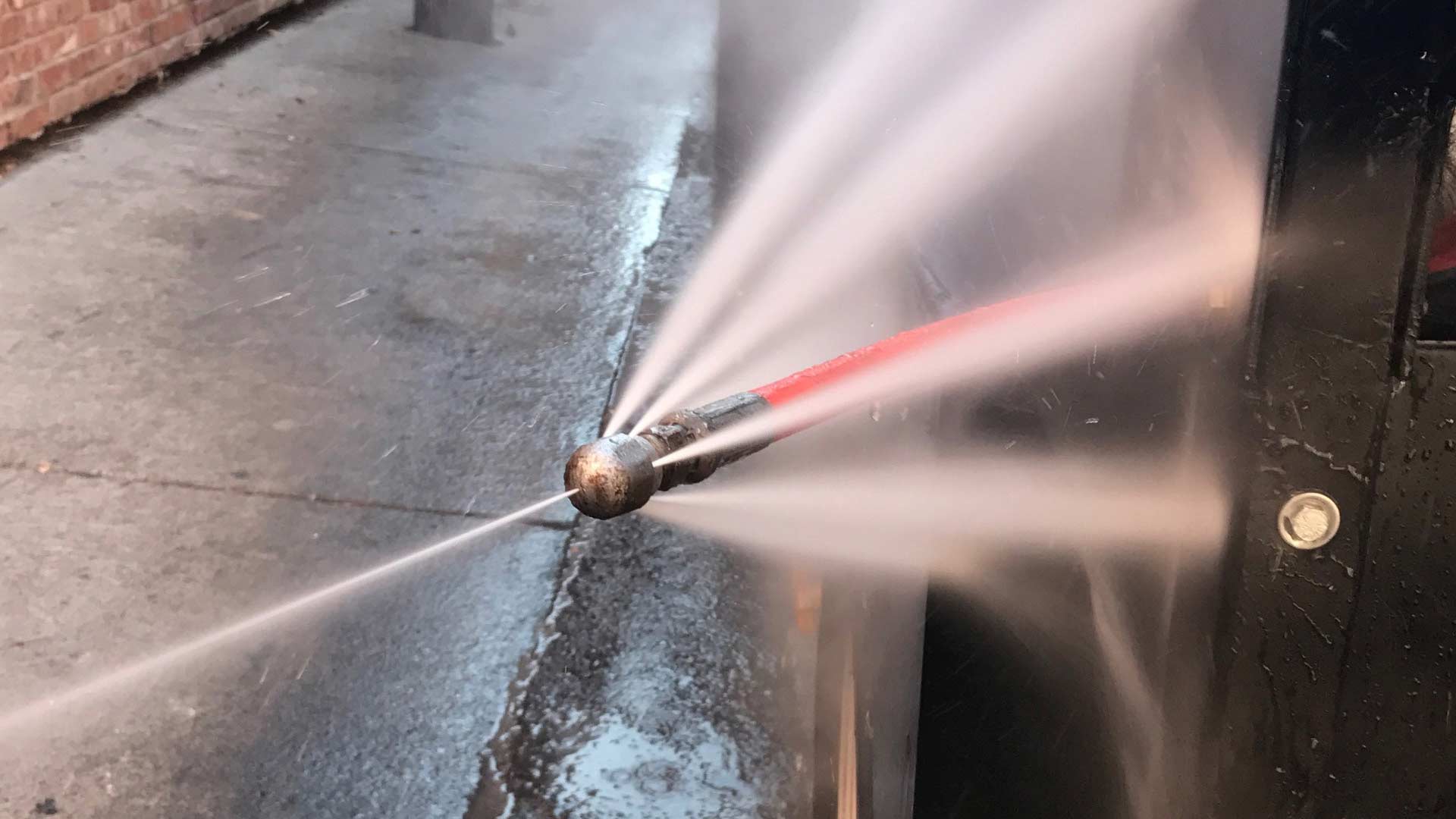
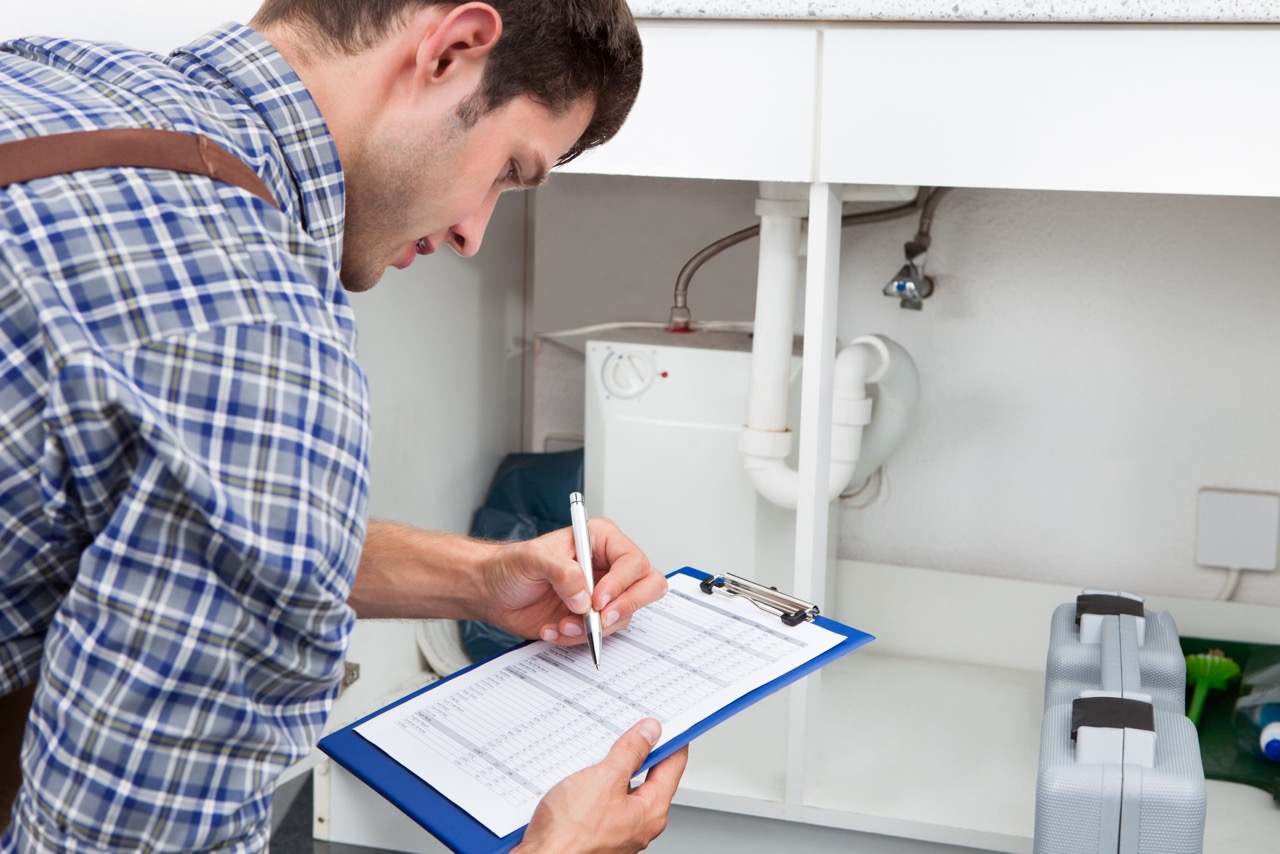
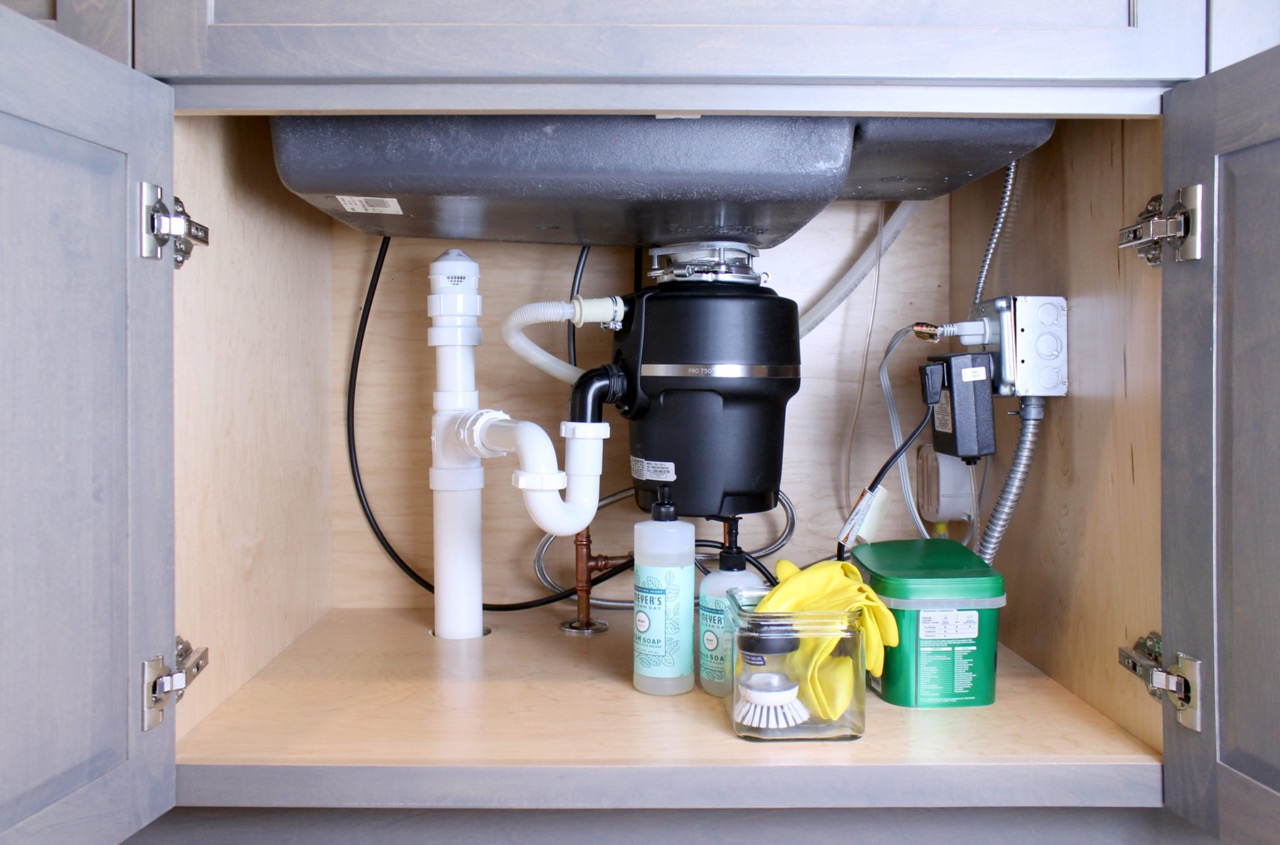
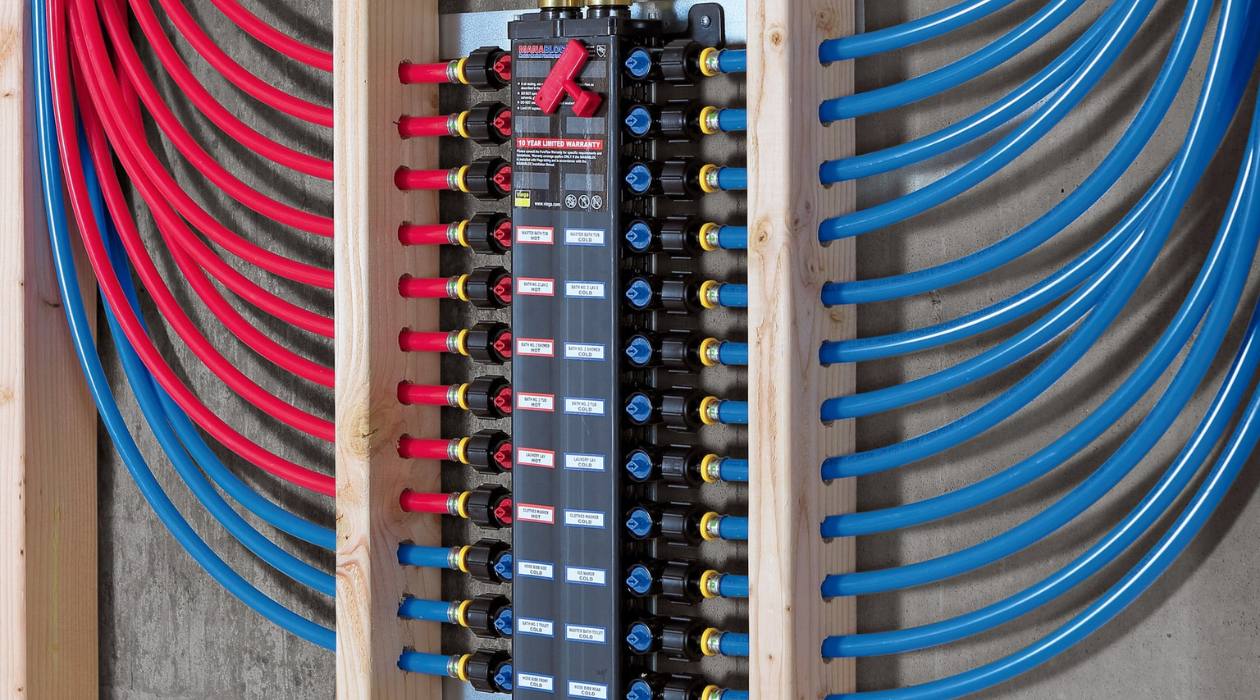
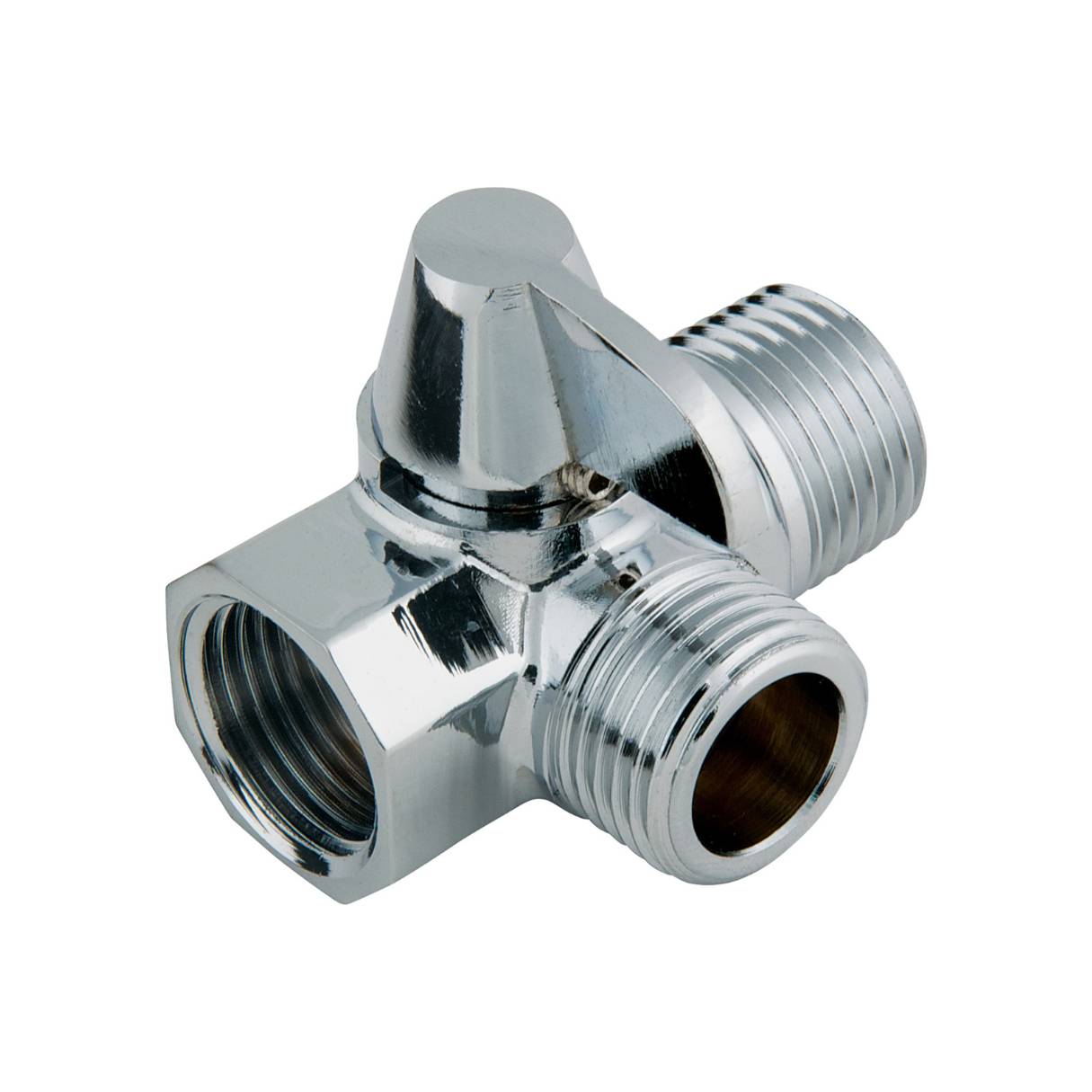
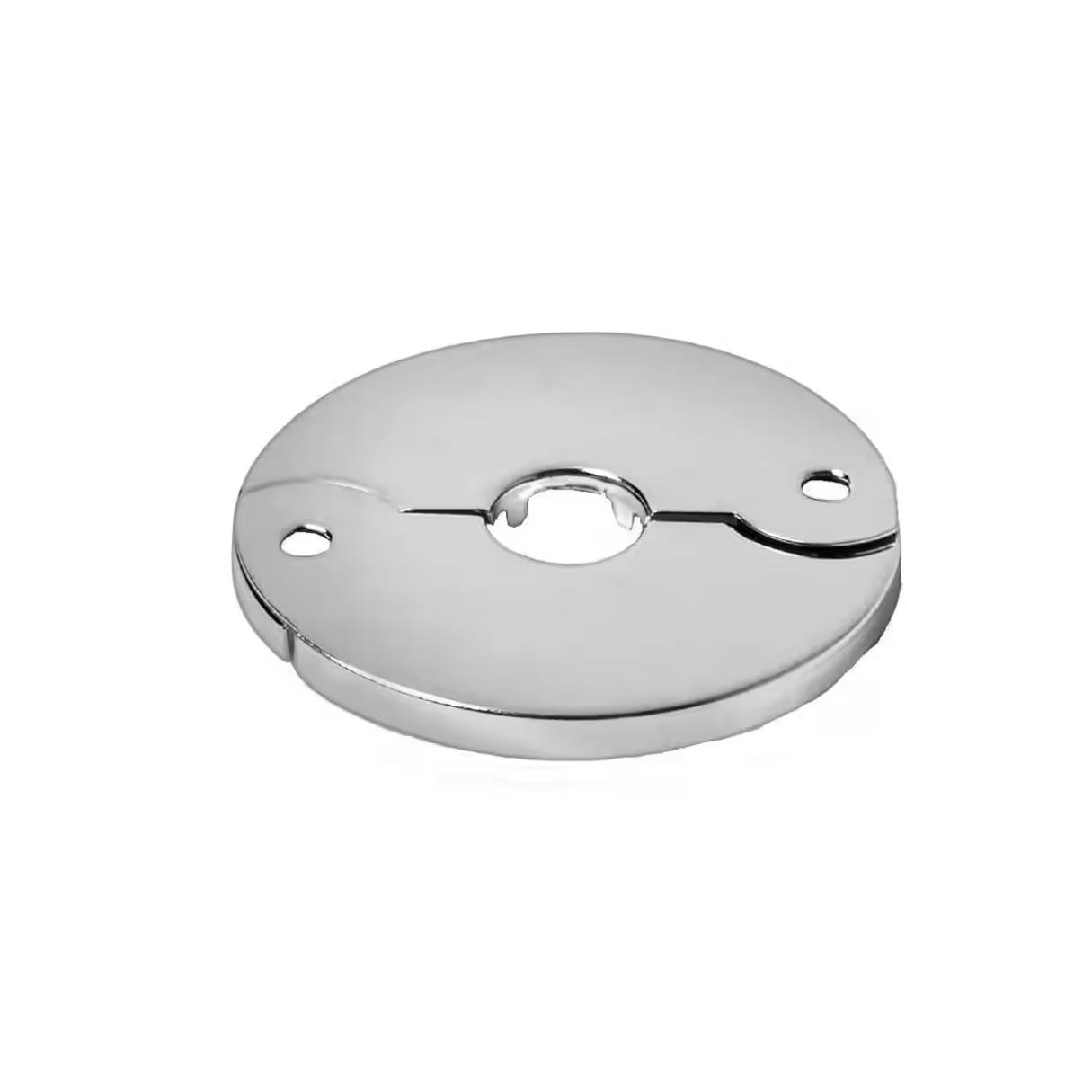
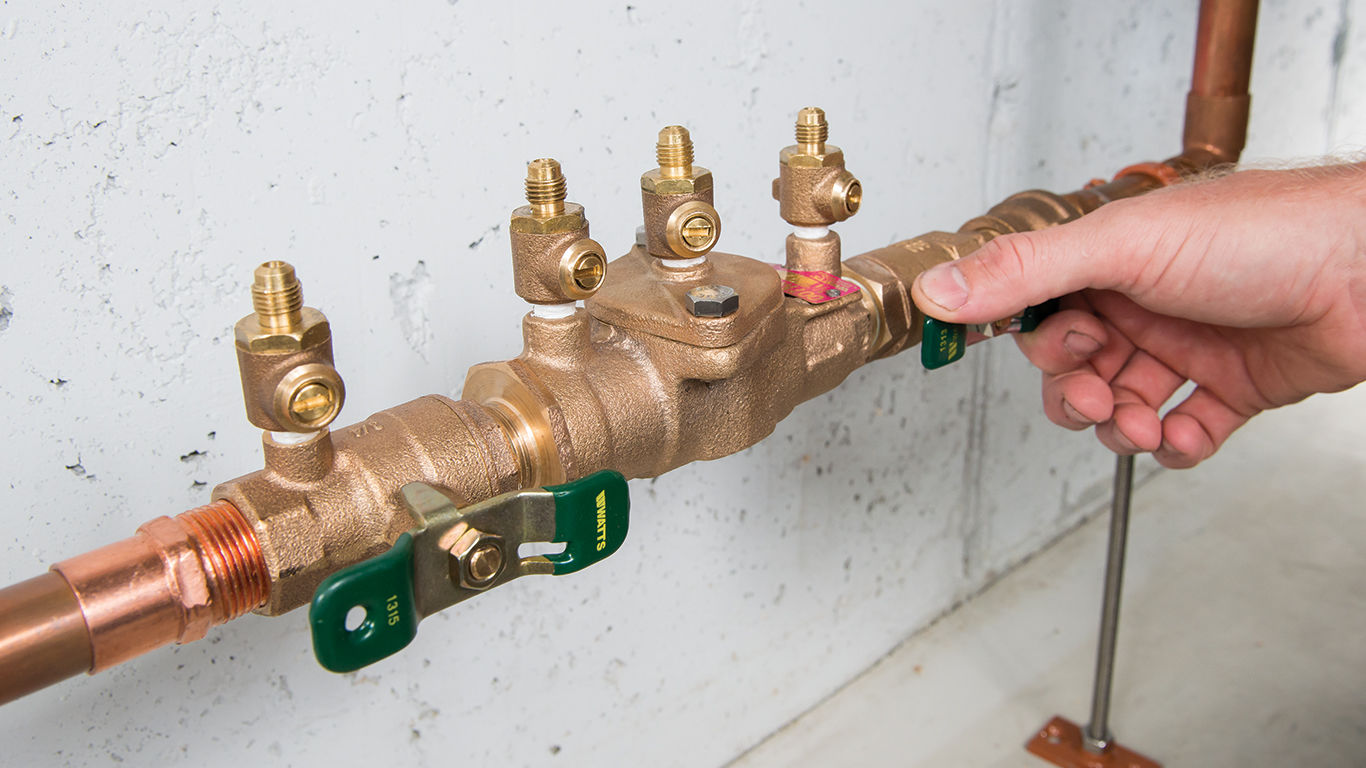

0 thoughts on “What Is A Coupling In Plumbing”